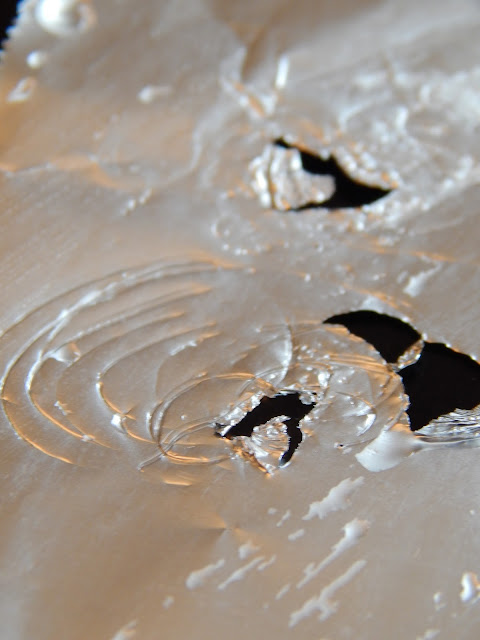Weathering: the process that slowly breaks down natural material, such as rocks and boulders, into smaller pieces.
There are 3 Types: Chemical, Mechanical and Biological
These gravestones are examples of Chemical Weathering. The pollutants in the air create acid rain which slowly over time, dissolves minerals.
They are also examples of Biological Weathering because of the growth on them.
We did pencil rubbings on them as well. It's our local cemetery and it provided us with gravestones that went back to the very early 1900's. The level of decay depended on the age and type of rock used.
We tried an experiment with chalk to see the effects of acid rain. However, nothing happened. Maybe it was because we used the big chalk and not the standard classroom chalk. We placed one piece in plain water and the other in vinegar. We expected to see the vinegar eat away at the chalk but there was no difference. The photos were the before. I didn't bother taking an 'after' photo. The only difference was that much of the liquid had evaporated in the past week.
Below is our experiment for Mechanical Weathering. It was meant to represent a glacier slowly moving downward due to gravity, and how it leaves striations on the rock surface below as the weight of the ice (containing rock and other debris frozen inside). We froze some water with sand inside it, then rubbed it on foil.














No comments:
Post a Comment
Note: only a member of this blog may post a comment.